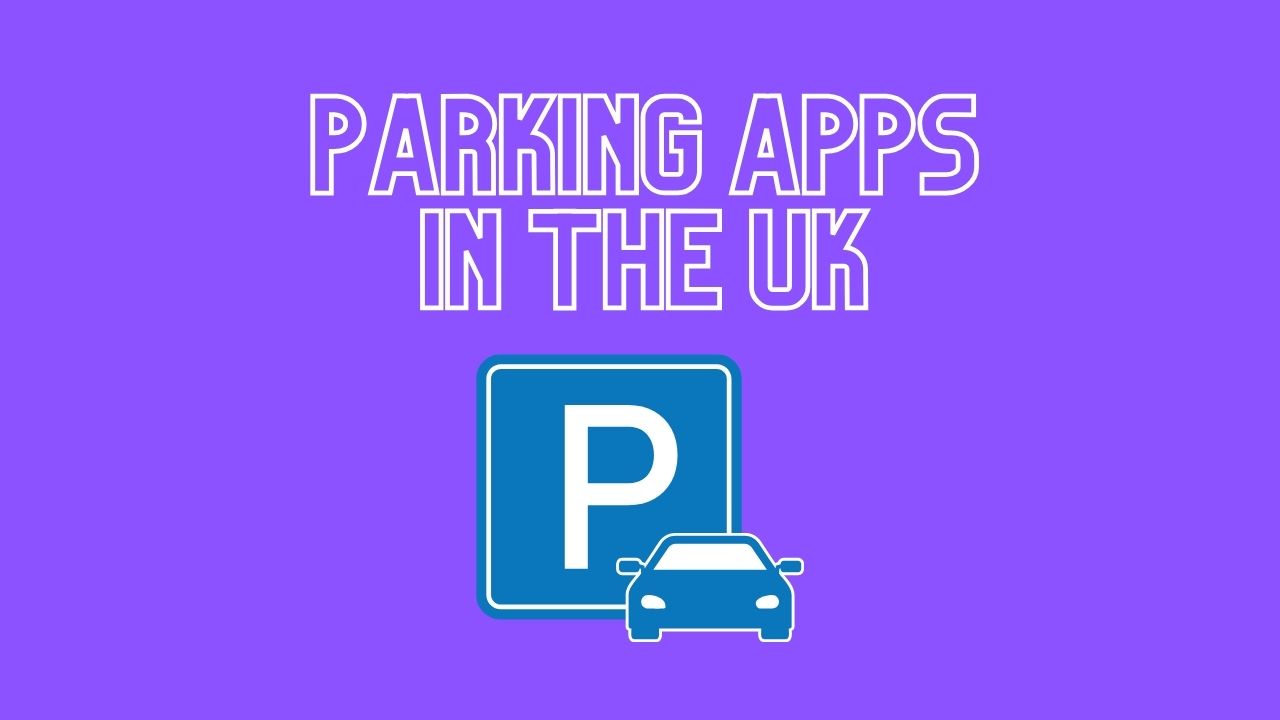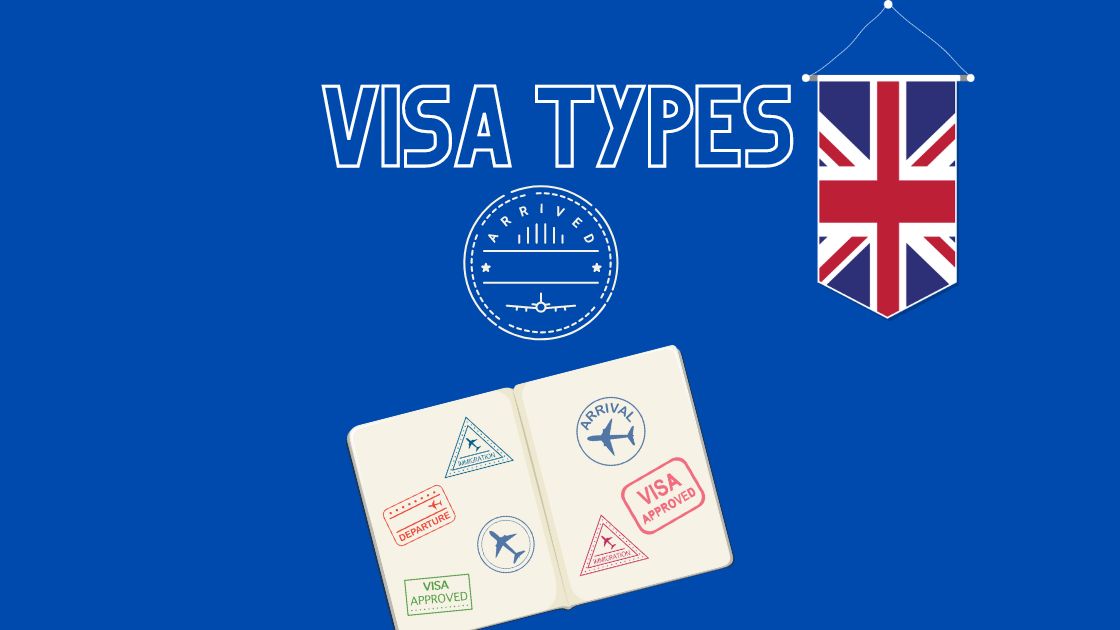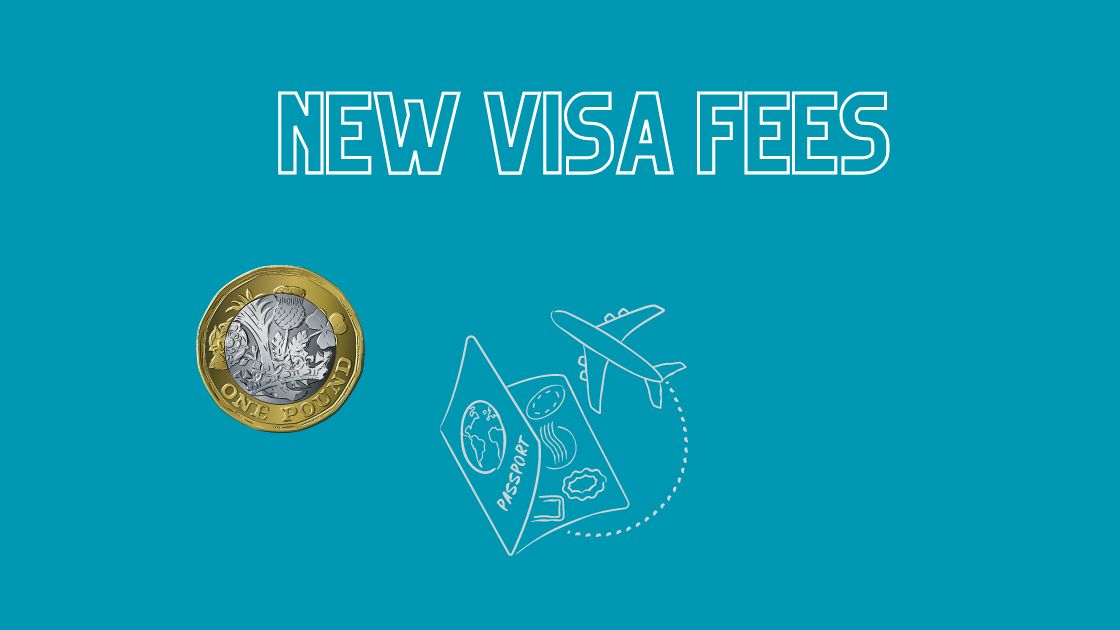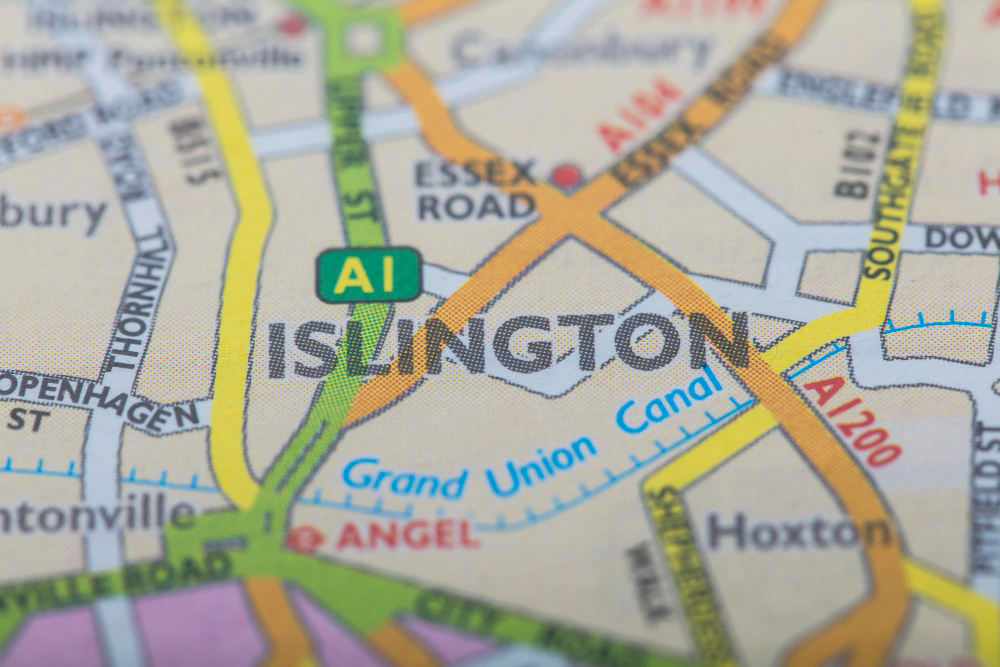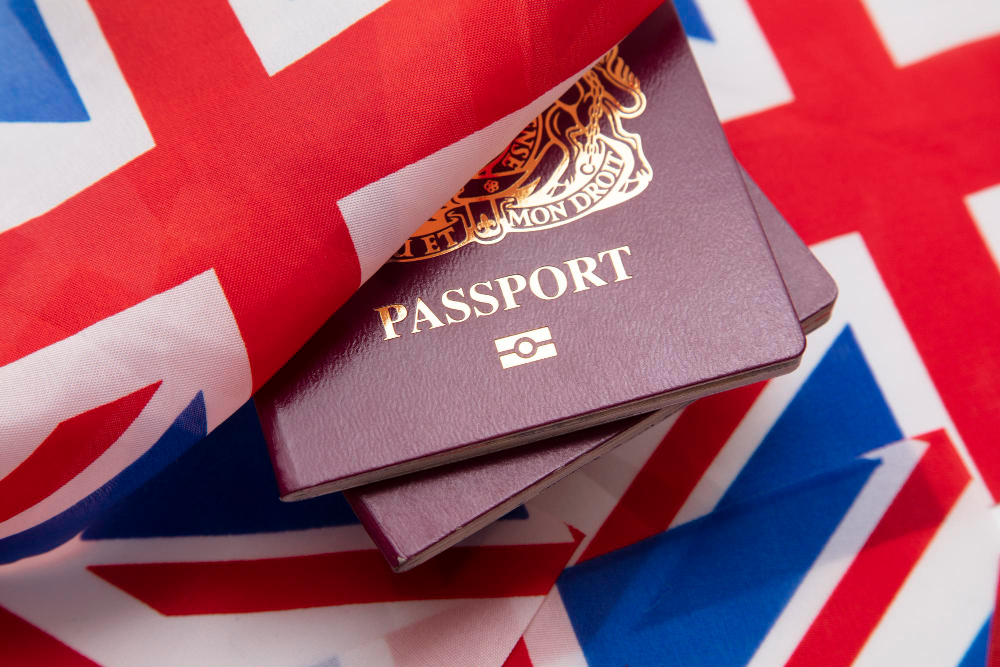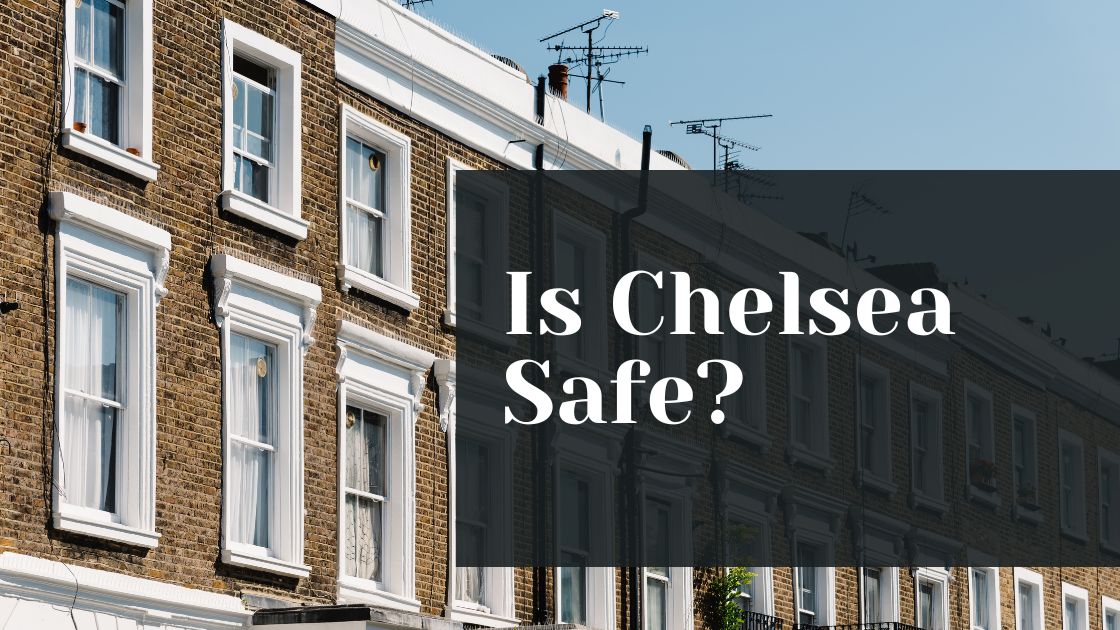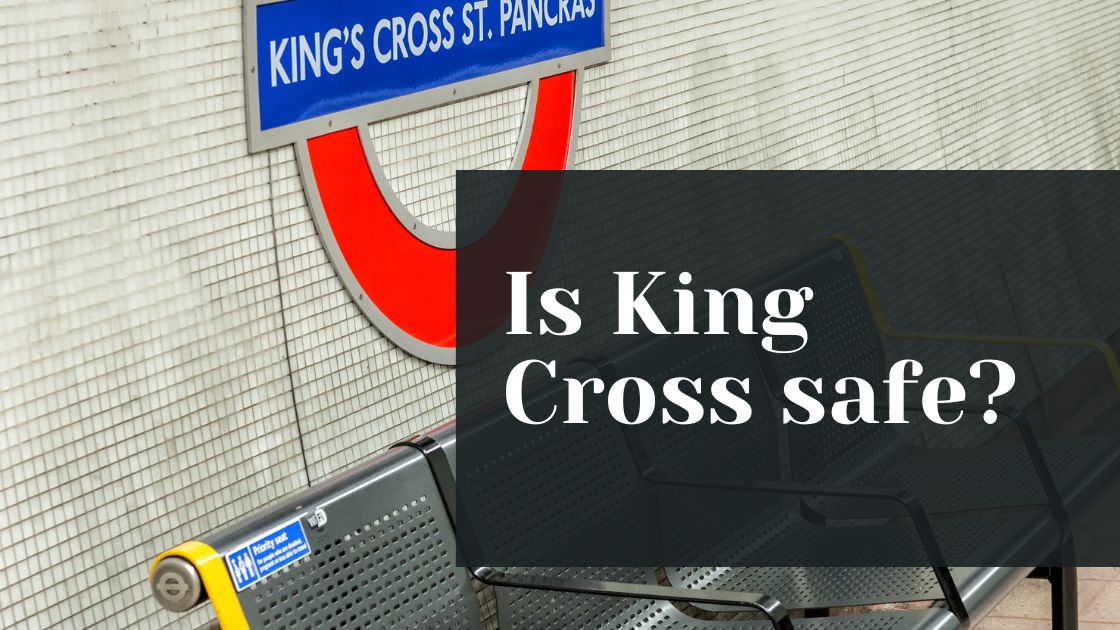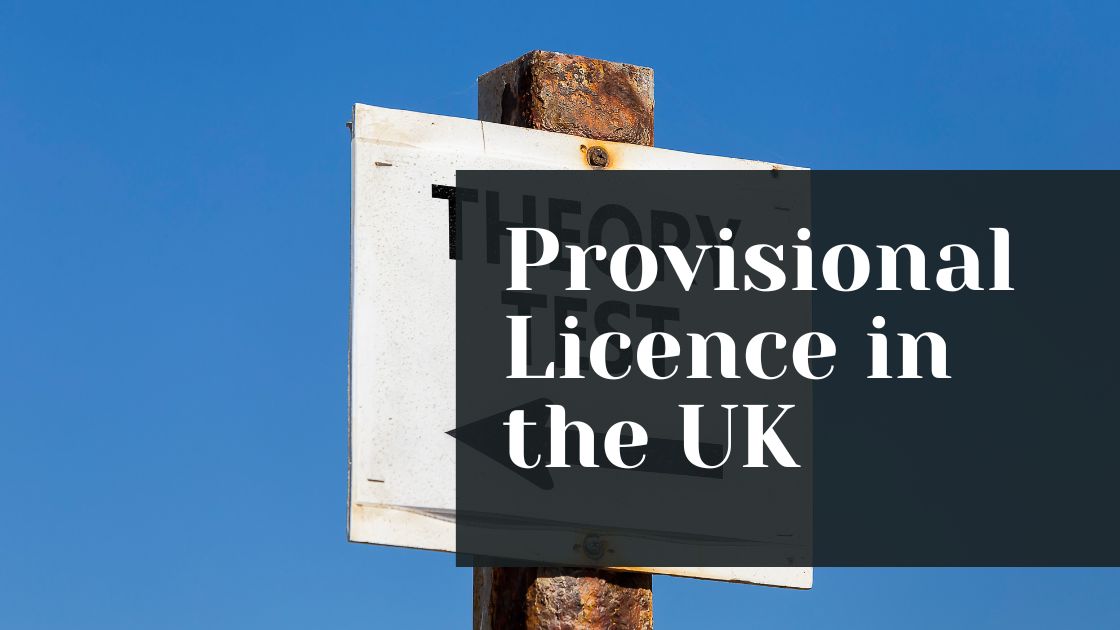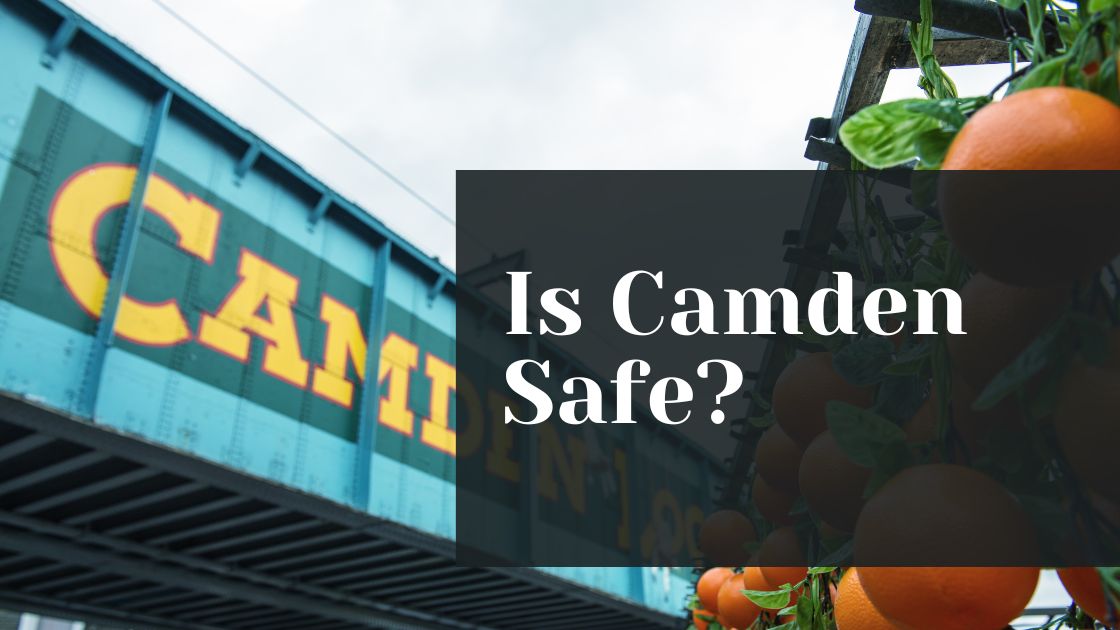Moving your family to the UK is a big step, and if you’re like most families, your pet is a beloved member you can’t imagine leaving behind. We all know how much joy our pet friends bring into our homes. They’re part of the family, aren’t they?
But when it comes to moving countries, bringing your pet can get complicated. You’ve got to figure out how to get your pet to the UK safely and without too much stress – for them or you.
We moved our dogs through Paris. It wasn’t as bad as we thought it would be. They were senior big dogs and they made it all the way to our house.
This article will give you insight into how you can relocate your pets to the UK. Whether you’re looking to understand quarantine rules, choose the right travel crate, or navigate through the paperwork, I’ve got you covered. So, let’s dive in and make this move as smooth as possible for your family, including your four-legged members.
Don’t have time to read? Get the checklist:
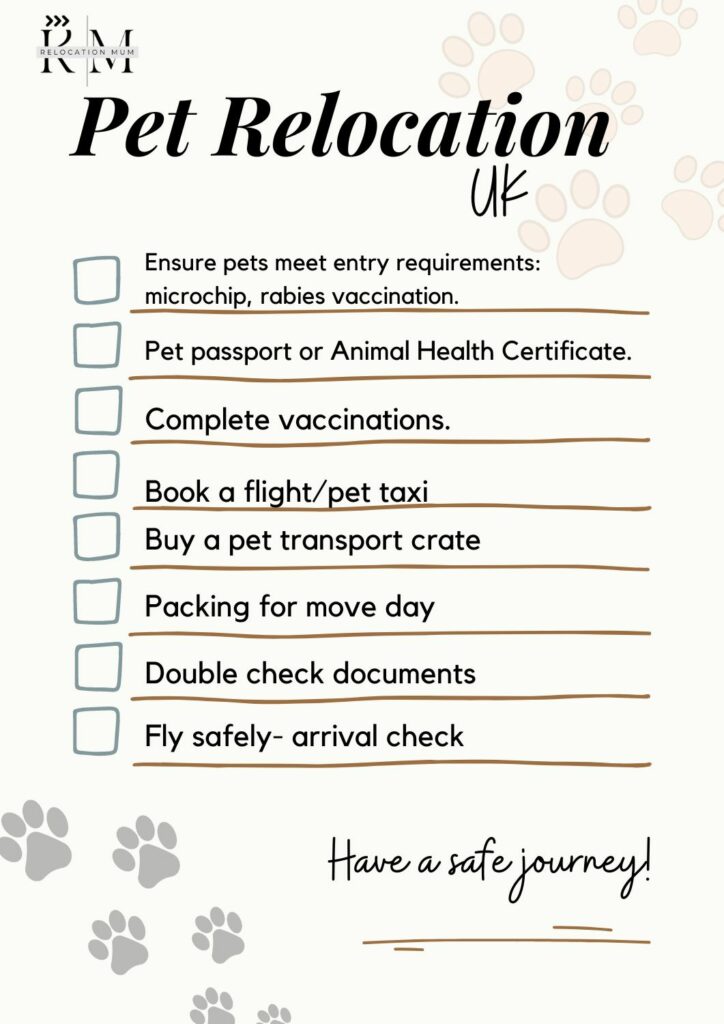
Which Pets Can Enter The UK
If you’ve got dogs, cats, or ferrets, you’re in luck because these pets can enter the UK under the Pet Travel Scheme (PETS). But it’s not just a case of popping them on a plane. Your pet must be microchipped, vaccinated against rabies, and have a pet passport or third-country official veterinary certificate. Dogs have an extra hoop to jump through – they must also have a tapeworm treatment if you’re coming from most countries outside the UK.
Now, what if your family includes a pet that’s a bit more unusual? Rabbits, guinea pigs, and birds can also make the journey, but the rules are a bit stricter. For example, birds may need to be quarantined for a while when they arrive. And not to mention, there’s tons of paperwork to go through.
You’ll need to meet a different set of requirements for each type of pet, so it’s worth checking the most up-to-date information on the government’s website or consulting with a vet before you travel. Remember, the UK is strict about which animals it allows in to protect local wildlife and ecosystems, so it’s better to be over-prepared than caught off guard.
Requirements For Entry
When you’re planning on bringing your pets along with you to the UK, there’s a bit you need to sort out before they can enter the country. Let’s break it down so that it will be easier for you.
- Microchipping. Before anything else, your pet needs to have a microchip implanted. This isn’t just a random rule. It’s for your pet’s safety and helps find them if they ever get lost. The microchip should meet ISO 11784/11785 standards, and you must do this before any rabies vaccinations are given, as the chip number needs to go on all the paperwork.
- Rabies Vaccinations. The UK has eradicated rabies from any land-dwelling animals, with the last reported case being in 2008. This means your pet must be vaccinated against rabies, and there’s no way around it. For the vaccination to be valid for travel to the UK, it must be administered after the microchip has been implanted. Plus, you need to wait 21 days from the date of the rabies vaccination before entering the UK. This waiting period is important, as it ensures the vaccine has had enough time to work.
- Pet Passport. If you’re moving from within the EU or a listed third country, a Pet Passport is your go-to document. It records all the vaccinations and treatments your pet has had and proves they’re fit to travel.
- Animal Health Certificate (AHC). If you’re coming from an unlisted country or don’t have a pet passport, you’ll need to get an AHC instead. You can get an AHC from your vet back home. It’s valid for 10 days after the date of issue for entry into the UK, 4 months onward travel within the EU, and re-entry to the UK for 4 months after the date of issue.
- Tapeworm Treatment. For those of you with dogs, there’s an additional step. This treatment is required between one and five days before your dog travels to the UK. Without proof of this treatment, your dog could be refused entry or put into quarantine, and that’s the last thing you need after moving.

Click here to download Health Certificates from gov.UK website
Why Does The UK Have Such Strict Pet Import Rules
The UK is pretty keen on maintaining a high standard of animal health and avoiding the spread of diseases that affect both pets and humans. These rules ensure that dangerous diseases don’t make their way into the country. It’s not just about rabies, although that’s a big part of it.
The regulations also help prevent other nasties like tapeworms and ticks, which can be a nightmare to get rid of once they’re here. When you look at it this way, the hassle of going through all the paperwork and vet visits starts to make a bit more sense. It’s important for keeping your family and pets healthy, as well as the wider community.
Health Checks and Vaccinations
Let’s talk about the timeline you’ll need to follow for vet visits. Ideally, your first stop should be at your vet’s about four months before your move. This visit will likely involve a general health check and potentially starting some vaccinations, mostly against distemper, parvovirus, and the big one -rabies.
Then, about one to three months before you move, you’ll need to go back for a final check-up to ensure all vaccinations are up to date and that your pet is fit to travel. The vet will also microchip them now and do a blood test to check their rabies immunity. If everything is fine, they’ll issue you a pet travel certificate. The UK has strict entry requirements for pets, including a tapeworm treatment for dogs, so you don’t want to miss any steps.
Keeping Records
Make sure you have a detailed record of every vet visit and treatment your pet has had. This isn’t just about vaccinations. It’s everything from routine check-ups to any treatments for illnesses. Having this information at your fingertips can be a lifesaver when you’re registering with a new vet in the UK.
They’ll want to know your pet’s medical history, and having everything documented will make the transition much smoother. If you’re moving from a non-English-speaking country, ask if your vet can issue those documents in English. If not, get them translated by a certified court translator so they can be valid.
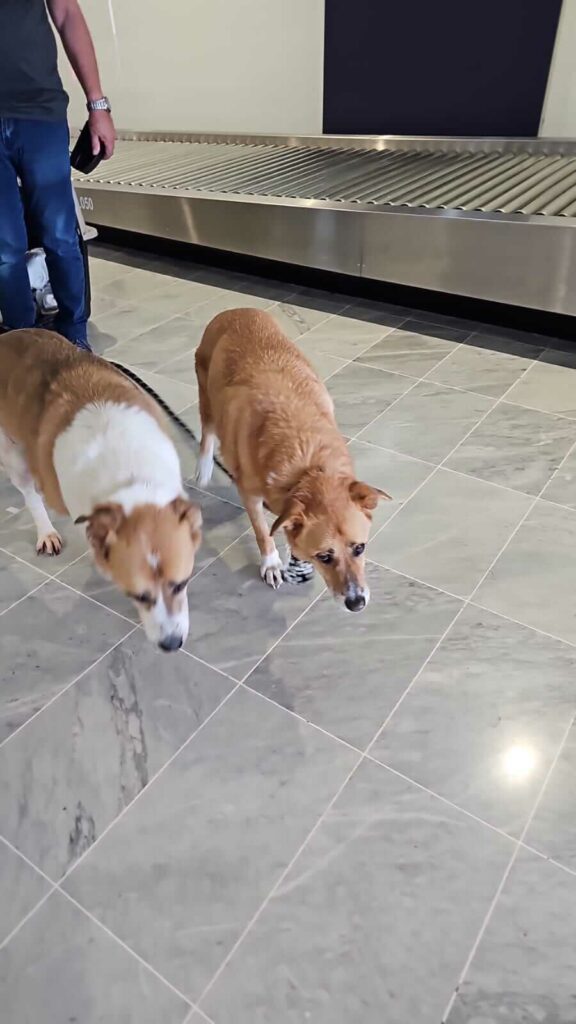
Approved Routes and Transport Companies
There are specific ways that have been given the thumbs up for bringing pets into the country, and getting to grips with these can save you a heap of trouble. The UK’s customs regulations for pets are pretty strict, meaning the vet checks, paperwork, and transport costs can add up.
It’s straightforward in terms of planning, as you’re dealing directly with UK entry requirements, but it’s something to budget carefully for.
Pets can enter the UK directly via air and sea, but only through certain paths that are approved by the UK government. This means your choice of airlines and shipping companies is somewhat limited. But look on the bright side. It ensures your pet travels safely and meets all entry requirements.
- Air Route. Not all airlines are permitted to carry pets into the UK, so you’ll need to check which ones are listed as approved. This list includes well-known carriers that offer a pet travel service, ensuring your furry friend flies comfortably. It’s also worth mentioning that pets usually have to travel as cargo, which is a bit pricier than having them on board with you. But, given they’ll be in a temperature-controlled environment and looked after by trained professionals, it’s a cost many find worth it.
- Sea Route. There are specific sea routes and ferry services approved for pet transport to the UK. Travelling by sea can be a slower journey, but it’s often less stressful for pets, and you might find it a more scenic and calming way to start your new chapter in the UK.
An alternative route that some families opt for is travelling through Paris and then taking a pet taxi through the Eurotunnel. This route can be less expensive and, for some, less complicated than going straight to the UK. You’ll still need to ensure your pet meets the entry requirements for the country you’re landing in, followed by those for entering the UK. However, it can offer a more flexible and sometimes cheaper alternative.
Be careful with scammers!!!!! Try different offers till you get to the best service for you and your loved ones.
Approved Transport
Now, onto the choice of transport company. This isn’t a decision to take lightly. Opting for a company that’s not only on the approved list but also has excellent reviews and a track record of safely transporting pets is essential.
These companies will know the ins and outs of the process, including all the paperwork and health checks your pet needs to enter the UK. They’ll also be familiar with the quarantine rules, should they apply to your pet, making the whole process smoother and less daunting for you.
Preparing Your Pet for the Move
When it comes to moving your furry friend across the pond to the UK, getting them used to their travel crate well in advance can make a world of difference. Start by gently introducing the crate into their daily routine.
Leave it open in the living area with a comfy blanket or a couple of their favourite toys inside. This way, it becomes a safe space rather than a scary box. Over time, encourage them to spend longer periods in it, and maybe even serve their meals there. This familiarity can significantly reduce their stress levels when the big day arrives.
Now, stress and anxiety can be big issues for pets during travel, and there’s no one-size-fits-all solution. However, sticking to routines as closely as possible in the days leading up to the move can help. Keep walks and feeding times consistent, and try to maintain a calm atmosphere at home – pets are incredibly attuned to our emotions, after all.
For the journey itself, consider including a well-loved blanket or a toy in the crate that smells like home. These familiar scents can be very comforting to your pet.
Picking A Good Travel Crate
Choosing the right travel crate ensures that your pet is safe and comfortable during the journey. The crate must be IATA (International Air Transport Association) approved, which means it meets specific safety and comfort standards for pet travel.
It should be spacious enough for your pet to stand, turn around, and lie down but not so large that they could be injured by being tossed about during turbulence. The material matters, too – sturdy plastic is standard, but ensure there’s adequate ventilation and the door is securely fastened yet easy to open when necessary.

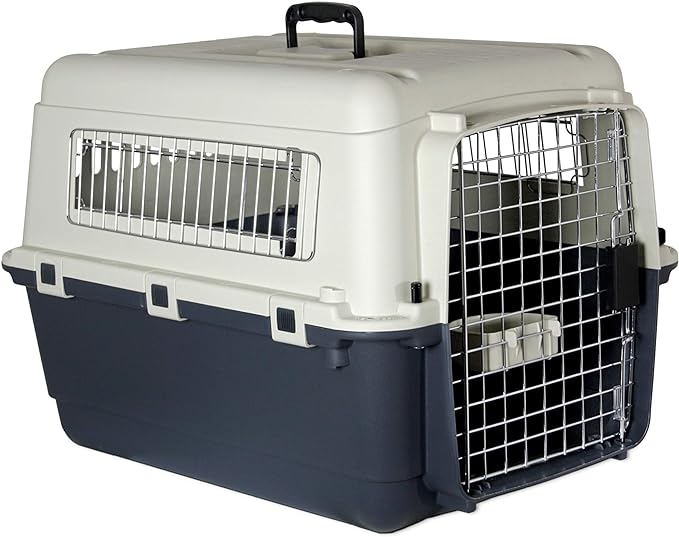
On the Day of the Move
You’ll want to have a last-minute checklist ready for your pet’s relocation. Double-check that you’ve got their health records, any required medications, and their ID tags are up to date with your new contact information. You’d also want to pack a small bag with their essentials:
- Their favourite toys
- A water bottle
- A bowl
- Some snacks.
When it comes to feeding your pet before the trip, keep it light. A heavy meal might cause an upset stomach, which isn’t fun for anyone during a long journey. A small, easily digestible meal a few hours before departure is best. And, of course, make sure they have access to fresh water at all times.
At the Airport
Once you arrive at the airport, things can feel a bit hectic, but staying calm yourself can help your pet stay calm, too. If your pet is flying in the cabin with you, check in advance what the airline’s policy is for pets onboard. Some might require them to stay in their crate under the seat in front of you, so make sure you’re prepared for this.
If they’re heading into the cargo hold, it’s a bit more complex. You’ll want to double-check that you’ve got all the necessary health certificates and paperwork sorted well in advance. The UK has its own set of rules for incoming pets, so make sure all of that is in order.
Last-minute checks should include a quick walk for a wee and a reassurance cuddle. The staff at the airport are there to help, so if you’re unsure about something, feel free to ask them. Over 4 million pets travel by air every year, so the flight staff can share their experiences to help you.
Arriving In the UK
As we learned, the UK has strict customs rules regarding pets to keep diseases at bay. Your pet will need to go through animal reception centres, where they check if all the vaccination and microchipping requirements are met.
Now, onto quarantine – a word that makes all of us feel a bit uneasy. The good news is that not all pets have to go through it. The UK allows pets from certain countries to enter without quarantine as long as they meet the specific criteria we mentioned above. However, if your pet doesn’t tick all these boxes, they might have to stay in quarantine for up to 4 months.
Once all the paperwork is sorted and any necessary quarantine time is completed, you can finally take your pet home. This moment is worth all the effort, seeing your pet explore their new surroundings and finding cosy spots in your new home. Moving is a big deal for them, too, so give them plenty of cuddles and patience as they adjust.
Life in the UK with Your Pet
One of the first things you’ll need to get your head around is the pet ownership laws in the country. It’s not just about having a furry friend to cuddle; you also need to understand and follow the rules that come with it. In the UK, for example, dogs need to be microchipped by the time they’re 8 weeks old.
Cats aren’t exempt, and you’ll need to make sure they’re chipped and registered before they turn 20 weeks old. The rules aren’t just for dogs and cats, though. Other pets have their regulations, too, though they might not be as strict.
When you land on British soil, finding a new vet will be high on your to-do list. It’s not just about having someone to call when your pet is under the weather. Your new vet will be a fountain of knowledge on local pet health issues, vaccination schedules, and even the best spots to take your dog for a walk.
They can also update your pet’s chip with your current information. The last thing you want is for your pet to go missing and for the details on their chip to lead back to your old address halfway across the world. It’s one of those admin tasks that’s easily overlooked but makes all the difference if your pet decides to go on an unplanned adventure.
Following Local Regulations
Registering your pet with local authorities might be required depending on where you’ve moved to. It sounds official – and it is – but it’s also a straightforward process. It’s about making sure your pet is accounted for and that you’re up to date with any local licensing fees or requirements.
Local pet laws and regulations can vary quite a bit, so it’s worth doing a bit of homework. In some areas, there are limits on the number of pets you can have or specific rules about keeping dogs on leads in public spaces. It might seem like a lot to take in, but it’s all designed to make sure that pets, their owners, and non-pet owners can all enjoy public spaces together.
Getting Your Pet Used To Their New Home
Pets, just like us, need a bit of time to adjust to new surroundings. A good starting point is to establish a routine quickly. Consistency with feeding, walking, and playtimes can significantly ease their stress. As for walking your dog, the UK is full of fantastic paths and parks.
But how do you find them? Well, it’s simpler than you might think. Local Facebook groups or apps like AllTrails can be a goldmine for recommendations on dog-friendly spots. Don’t shy away from chatting up your neighbours. They could have the scoop on hidden gems right around the corner. And let’s not forget about the importance of exploration.
Initially, keep your pet on a shorter lead to give them a sense of security as they get to know the new smells and sights. Gradually, you can venture further as they become more comfortable. This approach helps your pet and gives you a chance to familiarise yourself with your neighbourhood.
Remember, while the UK is generally pet-friendly, always keep an eye out for signs indicating whether dogs need to be on a lead or if certain areas are off-limits to pets. This way, you ensure both your pet’s safety and that you’re respecting local rules.
All Living Together Again
Getting your furry pal to the UK involves a few straightforward steps – making sure they’re microchipped, up to date with their rabies jab, and have all the necessary paperwork sorted. It might seem like a bit of a faff, but it’s all doable.
I encourage you to look at this as an exciting part of your move. It’s more than just about ticking the boxes. It’s about starting a new chapter together, with every member of your family included, paws and all. Moving to a new place can be a bit daunting, sure, but having your pet by your side makes anywhere feel like home much quicker.
They bring laughter, comfort, and a bit of the familiar into a new setting. So, breathe easy and get ready for a fresh start in the UK with your beloved pet. Together, you’ll make it a home.









